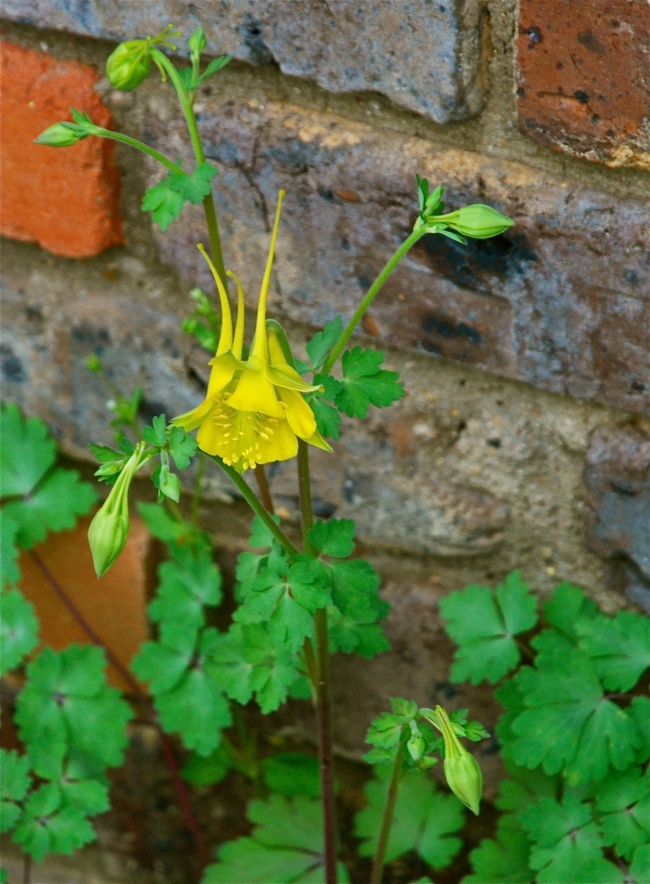From within and from behind, a
light shines through us upon things,
and makes us aware that we
are nothing, the but light is all.
~Ralph Waldo Emerson

I was up early this morning and so went wandering around the yard looking for something picture worthy. As I took these photos, I decided that they were more spectacular because of the play of early morning light on them. I saw only a portion of the flower as I rounded the corner, and even so the light shining through the leaves and the small portion of this flower’s filaments was both magical and mystical. And I’m always struck by how much holiness I sense in the light, even small pieces of it. It’s like God’s radiance falls on things in the garden as well as the sunlight. When it was all said and done, I couldn’t decided which was more stunning, the fragment of the flower or in the whole thing.

Later in the day during a Bible Study I found myself surrounded by people who like these leaves and flowers were filled with notable and holy spiritual light. In the course of our discussion we talked about the fact that we are all made in the image of God. And so it occurred to me that whenever we look in a mirror we are actually seeing the face of God, coming face to face, as it were, with the very one who breathed life into us. And when you think of it that way, you realize that we are never separated from the Lord, no matter where life takes us or what we do or don’t do. He is always there behind the face, behind the light. Notice in the lines below how the First Nation’s people also connected life with light and breath.
What is life? It is the flash
of a firefly in the night.
It is the breath of a buffalo
in the wintertime. It is
the little shadow which runs
across the grass and loses
itself in the sunset.
~Crowfoot
The eye is the lamp of the body. If your eyes are healthy, your whole body will be full of light. ~Matthew 6:22 ✝






